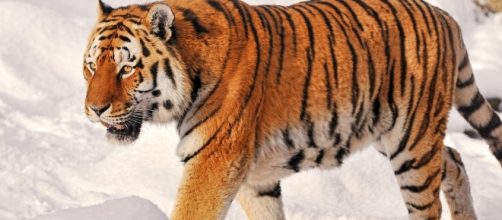We are the in the middle of the sixth mass extinction of animals, birds, amphibians, and reptiles on earth. A mass extinction is defined by scientists as the sudden and rapid extinction of multiple Species. There have been five such mass extinctions during the past half a billion years, but this one is different. This time, the cause of the mass extinction is Human Activity. A new study finds that even species not normally considered at risk are affected by population decay, which is another step on the road to extinction.
Species depletion amounts to biological annihilation
On Monday, scientists from Stanford University and the National Autonomous University of Mexico published the results of a massive study in the "Proceedings of the National Academy of Sciences." The authors of the peer reviewed article shared the results of their investigation into the population trends of 26,700 terrestrial vertebrates, including birds, mammals, amphibians, and reptiles.
The study found extremely high rates of population decay even among species like lions, elephants, and giraffes, which are not believed to be in danger of extinction. The decline in the populations of nearly all major land mammals is due to human activity, and is now at levels described by the authors of the study as "biological annihilation."
Population decline due to human activity
Loss of habitat is the single most important reason for species depletion.
In south and Southeast Asia, large land animals like lions, tigers, elephants, and rhinoceros have lost 80 percent of their habitat. Other human factors contributing to population decline are pollution, overpopulation, poaching, rising ocean temperatures, and extreme weather due to climate change.
The study traces the decline of local populations, which is another step toward species extinction. This gives a clearer picture of the situation for each species. Species loss is happening in both temperate and tropical regions, and has cascading negative effects on the environment.
Earlier mass extinctions were attributed to cataclysmic natural events like meteor strikes, abrupt climate changes, and volcanoes.
However, over the past two hundred years, human activity has dominated the natural environment, and ours has been a destructive presence. Apart from the loss of biodiversity for future generations, species loss is an indication of a profound ecological imbalance.


